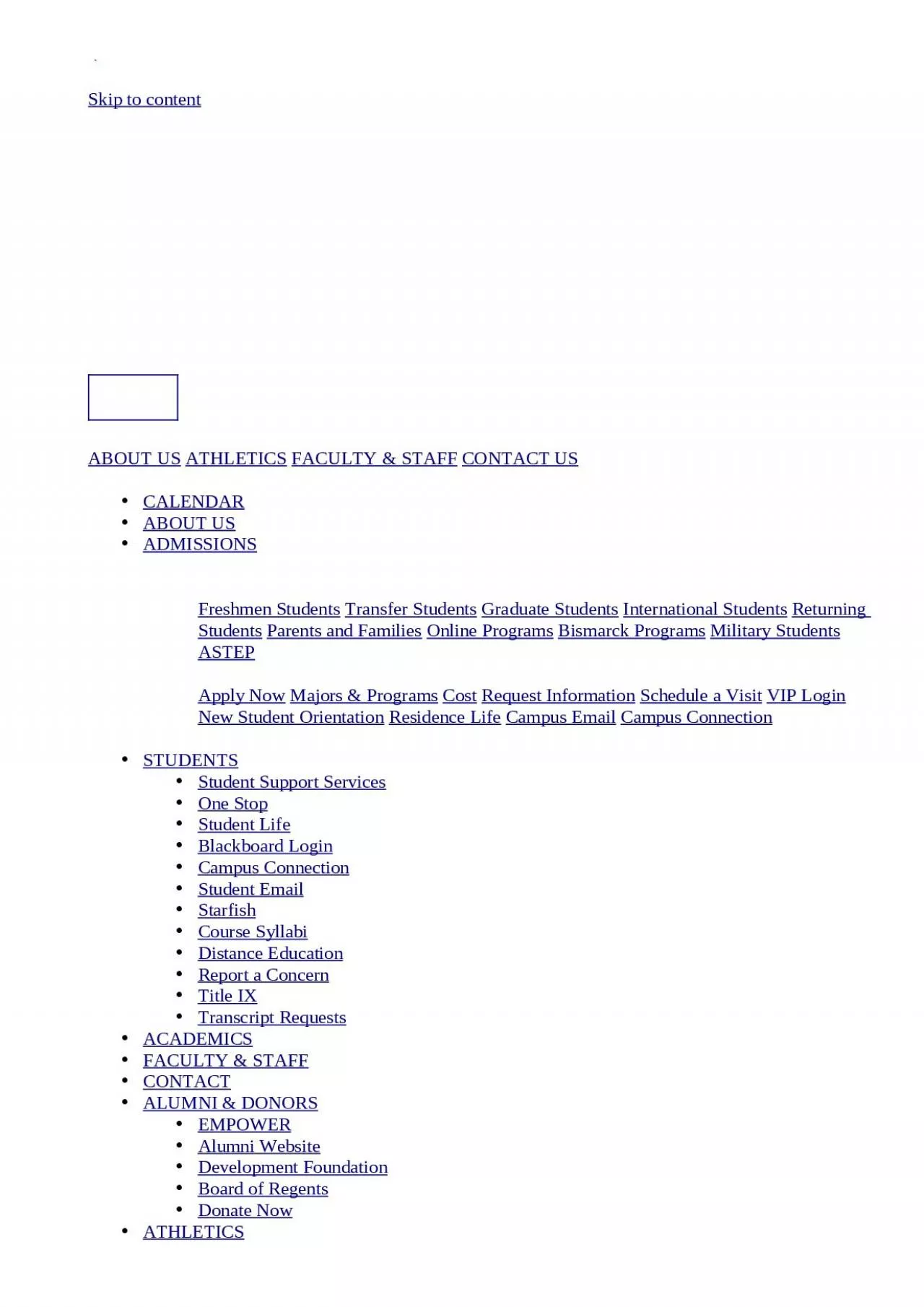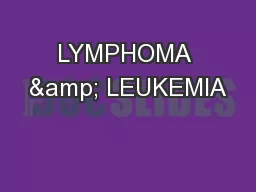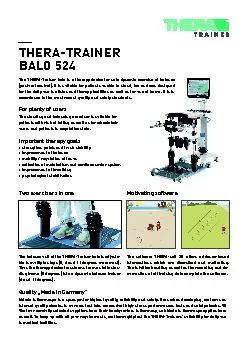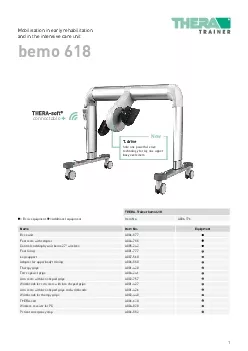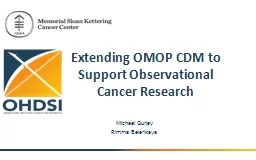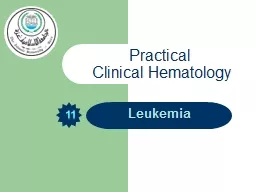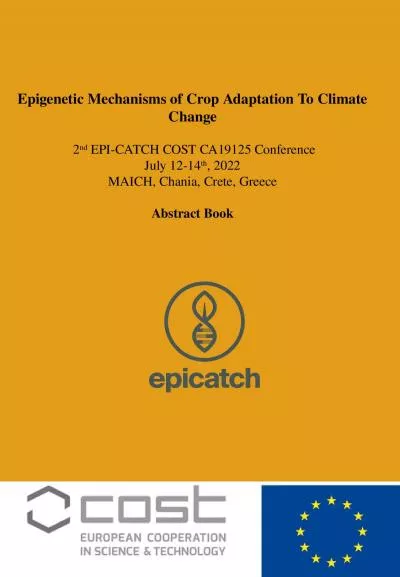PPT-New Approaches to Treating Cancer: Epigenetic Modifiers Can Help Leukemia Cells to Respond
Author : thomas | Published Date : 2022-06-11
Kalsi Heimdal Background What is epigenetics What is an epigenetic modification How could it help with cancer therapy 2 Acute Myeloid Leukemia AML 3 Most common
Presentation Embed Code
Download Presentation
Download Presentation The PPT/PDF document "New Approaches to Treating Cancer: Epige..." is the property of its rightful owner. Permission is granted to download and print the materials on this website for personal, non-commercial use only, and to display it on your personal computer provided you do not modify the materials and that you retain all copyright notices contained in the materials. By downloading content from our website, you accept the terms of this agreement.
New Approaches to Treating Cancer: Epigenetic Modifiers Can Help Leukemia Cells to Respond: Transcript
Download Rules Of Document
"New Approaches to Treating Cancer: Epigenetic Modifiers Can Help Leukemia Cells to Respond"The content belongs to its owner. You may download and print it for personal use, without modification, and keep all copyright notices. By downloading, you agree to these terms.
Related Documents

